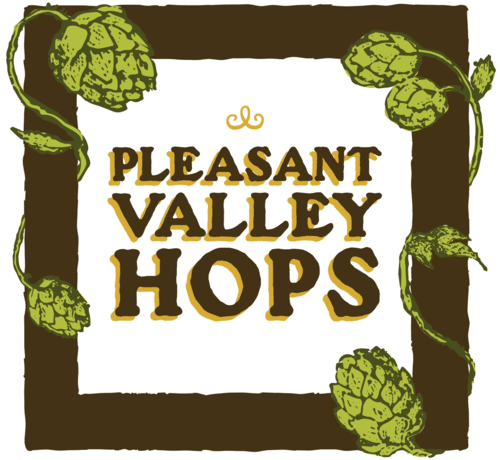Hop Farming & Craft Beer
Before the massive growth of the craft beer industry in North America, hops were primarily used for their antibacterial properties to help preserve beer. Until quite recently, hops were perceived as a generic and readily available ingredient, leaving many hop growers susceptible to supply gluts and massive price fluctuations.
For the past two decades, hop farming and craft beer have enjoyed a mutually beneficial symbiotic relationship. While hop farming has been a major driving force behind the craft beer renaissance, the growth of the craft beer industry has also provided stability for hop farmers.
Sierra Nevada Pale Ale
Sierra Nevada Brewing Co. is often credited with exposing beer enthusiasts to hop flavours and aromas in beer. In 1980, Sierra Nevada released their flagship pale ale, scoring a 38 on the International Bitterness Units (IBU) scale – a chemical measurement of bittering compounds in beer. At the time, this beer was considered to be quite “hoppy” relative to America’s most popular lagers with single digit IBUs. In terms of scale, most beer will measure between 5 IBU and 120 IBU, though there is technically no upper limit on bitterness.
As consumer desire for hops increased, small breweries began producing more beer featuring hop flavours and aromas. This allowed hop farmers to increase their customer base and operations, as craft brewers require significantly more hops to produce a batch of beer than their commercial counterparts.
Growing Hops
There are 3 classes of hops: bittering or alpha hops, aroma and dual purpose. Bittering hops are hops that are high in alpha acids, which is the main source of bitterness in beer. Aroma hops contain essential oils that impart aromas and flavours, but are lower in alpha acids than bittering hops. Dual purpose hops add bitterness, aroma and flavours to beer.
Hops grow as a rhizome, a subterranean plant system that grows horizontally underground, sending up lateral shoots, called bines. Where vines use tendrils to climb, bines make use of short stiff hairs on their stem and can grow upwards of 20 feet into the air. Like wine grapes, hops are a product of their terroir, the water, soil and growing conditions of their environment that imparts the characteristics unique to a specific region.
Hop Breeding
As brewers began to understand the versatility of hop flavours and aromas, farmers responded by seeking out new hop varietals with beer lovers in mind. Breeding programs have brought renewed interest to the hop growing industry, with Citra (2008) and Mosaic (2012) as two very successful examples.
Keeping up with the demand of craft brewers and evolving trends is no easy feat, especially because it takes three years for a new hop crop to produce a full harvest. Keen to find the next big thing, hop breeders will release a few new varieties each year. Hop breeders have exclusive rights to their patented hops, and a popular strain is profitable for both the breeder and the licensed farm where they’re grown. It’s a worthwhile endeavour for hop breeders and farmers alike, as successful breeds tend to enjoy a 20-year cycle of popularity.
The rise of craft brewing and demand for specific hop varietals has meant more stability for many North American hop farmers. Craft brewing has allowed smaller, family-owned hop growers to diversify their hop profiles, expand their operations and boost revenues.
Support your local Canadian hop farmers and try some of Matron’s amazing brews featuring Ontario’s Pleasant Valley Hops.
(Leah is a Toronto based freelance writer as well as Head Beer Weenie and a server at C’est What)


